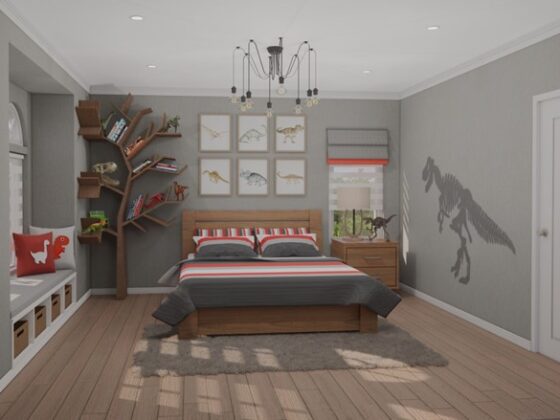Since working from home is the new work trend now, it is important to realize that if you add a small office in your home, it will make your work life easier. Co-working space trend is already emerging day by day. The good news is that a small office works for both, the small as well as the big homes. Before we dig deep into the ideas to arrange and organize a small home office, let us be more knowledgeable regarding the latest trends of work-from-home.
Did you know?
As of 2023, 12.7% of full-time employees work remotely, with an additional 28.2% adopting a hybrid model that combines home and office work for flexibility.
Looking ahead to 2025, Upwork predicts that 32.6 million Americans, approximately 22% of the workforce, will work remotely, indicating a gradual shift toward remote work.
Worker preferences align with this trend, as 98% express a desire to work remotely at least part of the time, showcasing a growing preference for the flexibility and work-life balance remote work provides.
Fellas, here we see a dire need to start thinking about having a small home office as the trend shifts to hybrid working methods.
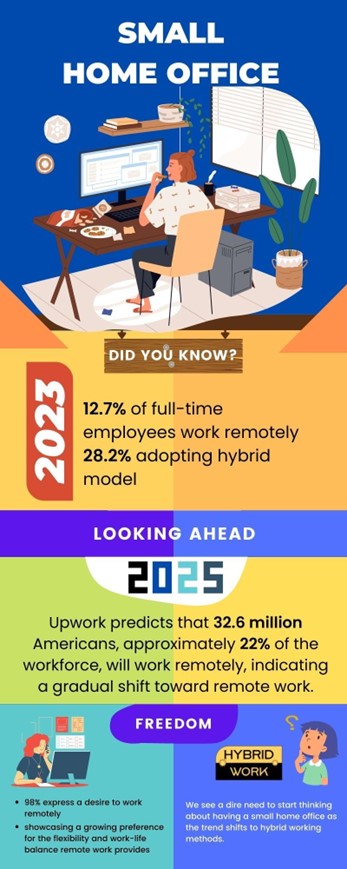
Organizing a small office efficiently is crucial for productivity and a positive work environment. Whether you are running a home office, a new startup, or a small business, a well-organized workspace can contribute significantly to the success of your operations. Here are some easy-to-implement tips to help you organize your small office effectively.
Declutter your space to make new space
Start by decluttering your office space. Remove unnecessary items, old paperwork, and any supplies that are no longer needed. A clutter-free environment not only looks better but also helps improve focus and concentration so that you can work efficiently and effectively.
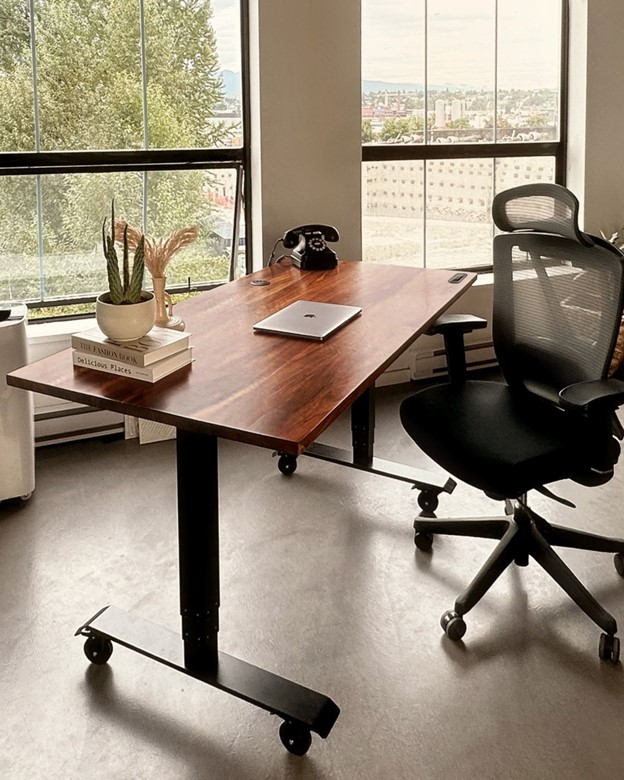
Create dedicated work zones
Divide your office into specific work zones based on tasks and responsibilities. For example, have a designated and specified area for computer work, a separate space for meetings or client calls, and a spot for administrative tasks. This helps create a more organized and structured work environment and thus increases your productivity.
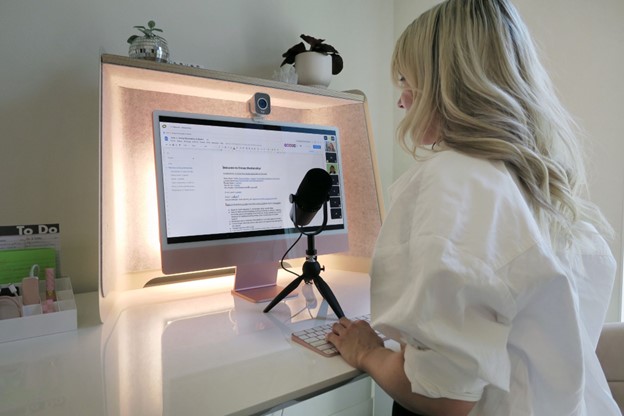
Add more storage solutions
Maximize and enhance and increase the storage space to keep things neat and accessible. Consider shelves, cabinets, and drawers to store and save office supplies, documents, and equipment. Choose for various purposes furniture, such as desks with built-in storage, to save space and promote organization.
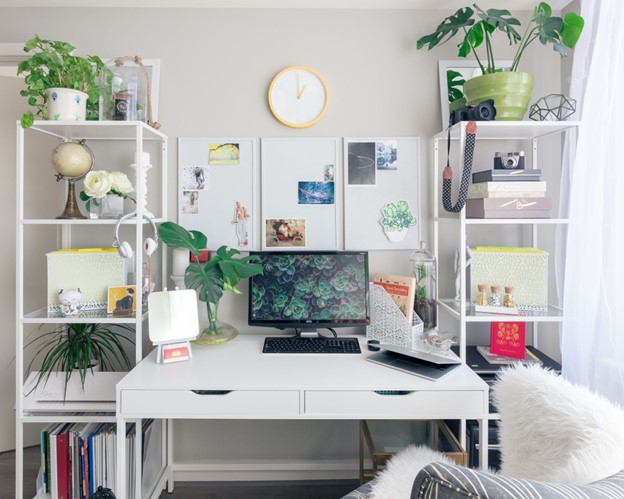
Do proper labeling and record-keeping
Labeling items and using color coding systems can significantly simplify the process of finding what you need and you may also want to use markers or sticky notes for this purpose or labels to identify the things. Use labels on files, shelves, and storage bins. Assign specific colors to different tasks or categories to make it easy to locate items quickly. Create an organized and symmetrized filing system for both digital and physical documents. Alphabetical, chronological, or categorical filing systems work very well depending upon your preferences. Regularly remove unnecessary documents to avoid compilation of outdated information.
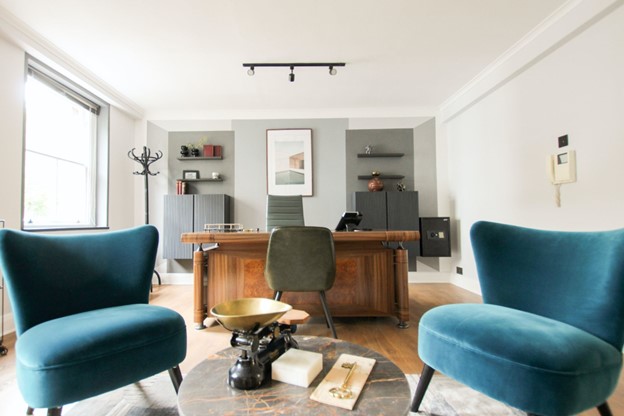
Go paperless where possible
Minimize paper clutter by embracing digital solutions and using soft space if possible. Use cloud storage for documents, and encourage a paperless workflow for tasks like invoicing, note-taking, and regular communication. This not only reduces physical clutter but also contributes to environmental sustainability and cleanliness to enhance better workflow.
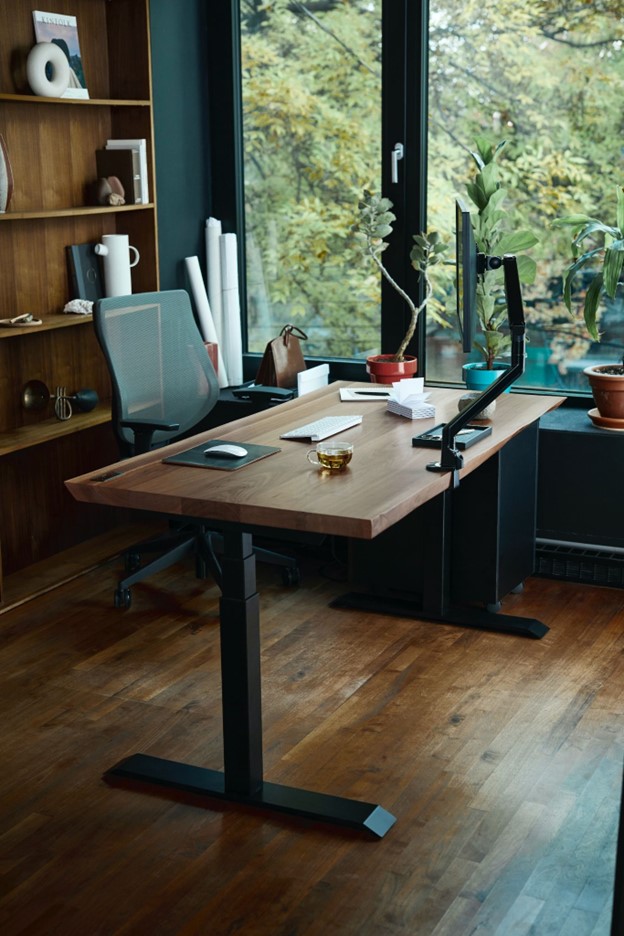
Keep your cables tangle-free
Tangled cables not only look messy but can also be a safety hazard and prove lethal. Use cable organizers and ties to keep cords tidy and prevent tripping hazards. This simple step can enhance the overall appearance of your office and make it safer for everyone to work efficiently and effectively.
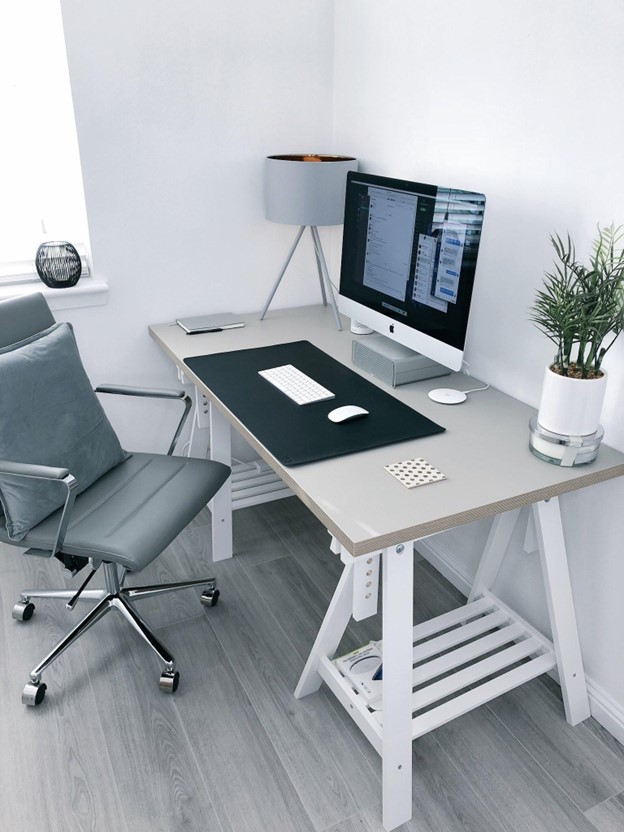
Personalize based on your convenience
While personalizing your office space can make it more enjoyable, be mindful not to overdo it. Select a few meaningful decoration items or things that inspire you without cluttering the space. A well-balanced, personalized touch can boost morale and creativity and bring new ideas.
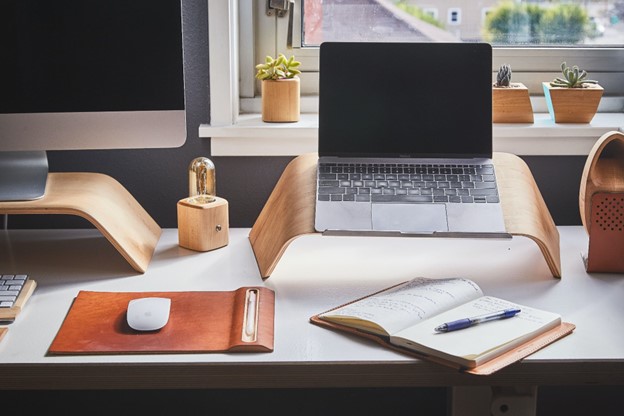
Focus more on functionality
Consider the functional design of your office furniture and layout. Invest in comfortable chairs, arrange desks at an appropriate height, and ensure that computer monitors are at eye level. A functional workspace promotes better health and productivity among your team and enhances overall productivity and performance.
Be more regular in clearing the mess
Maintain your organized office by scheduling regular cleaning sessions. This includes wiping down surfaces, vacuuming, and dusting. A clean and organized workspace fosters and promotes a positive atmosphere and contributes to a healthier work environment making sure you earn good profits.
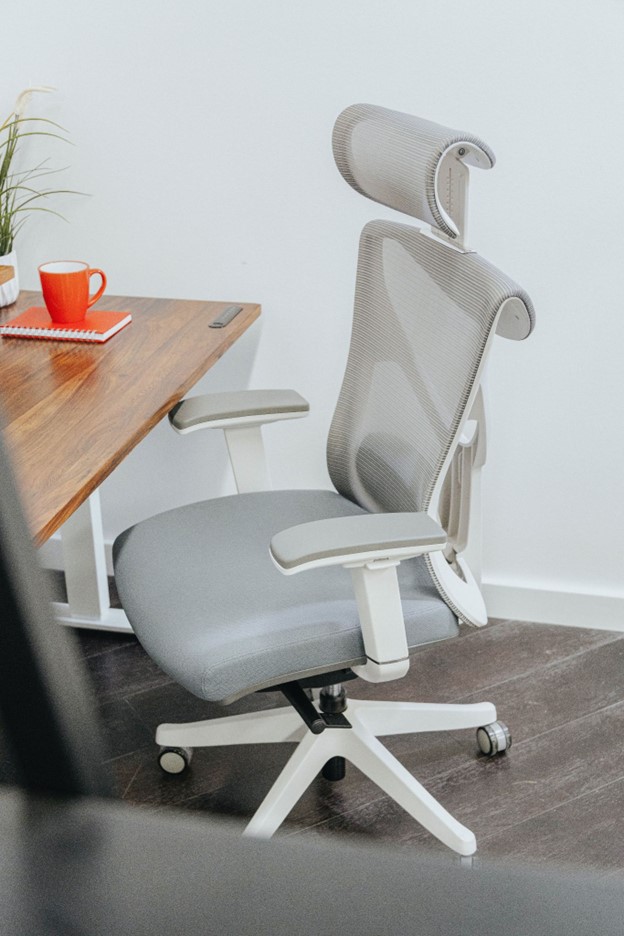
Be systematic in the digital organization
In addition to going paperless, focus on digital organization. Keep your computer desktop clean and organized by creating or using folders for different projects or tasks. Regularly clean out your email inbox and organize files in a systematic manner.
Make a proper work routine
Develop a daily routine to keep your work on track. Set specific times for tasks such as checking emails, returning phone calls, and working on projects. Having a structured routine helps create a sense of order and predictability in your small office and increases your chances of becoming a good setup in terms of efficiency and effectiveness.
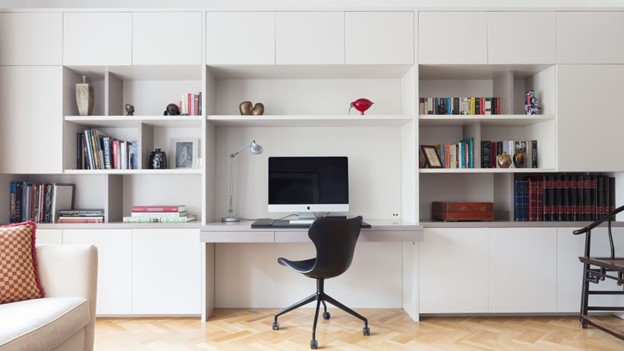
Prefer making a centralized communication hub
Establish a centralized area for communication tools and supplies. This can include a bulletin board for important announcements, a shared calendar, and a designated space for office supplies. Having a central hub helps keep everyone informed and on the same page.
Lighting matters
Proper lighting and visibility are essential for a functional and pleasant workspace. Ensure that your office is well-lit to reduce eye strain and create a vibrant atmosphere. Natural light is ideal, but if that’s not possible, use a combination of ambient and task lighting.
Monitor and evaluate
As your business grows or changes, be open to reconsidering and adjusting your office organization. What works for a team of three may need modification for a team of ten. Regularly assess your needs and make adjustments accordingly to maintain an efficient workspace where you can work.

Organizing a small office does not have to be a daunting and difficult task. By implementing these easy-to-follow tips, you can create a well-organized, efficient workspace that promotes productivity and a positive work atmosphere. Remember that organization is an ongoing process, so stay committed and focused on maintaining order in your small office for long-term success that will reap fruit later on in the near future.


